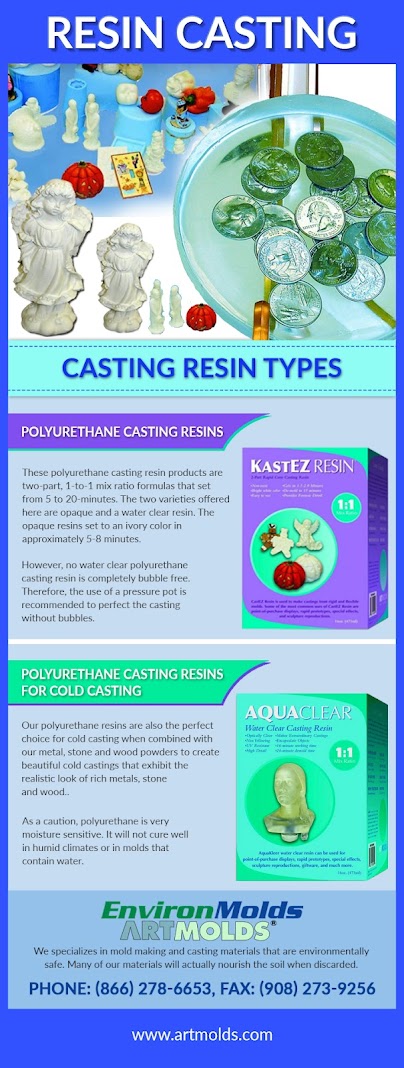Body casting is a popular type of art in which the human form is replicated in three-dimensional constructions. Full body castings are frequently created by experienced casting artists for theatrical or other aesthetic purposes, such as movie props. These castings are often made with skin-friendly and environmentally friendly mold making materials. Two typical materials used to create the master copy of the subject are alginate and plaster.
Generally, any life casting is completed in three pieces - head, rear and the torso. After separately making each of these parts, they are then seamed with each other through careful and precise techniques. The head is generally the last part to be attached to the cast.
Once removed from the mold, the body casts typically needs elaborate finishing touches.
To give it a semi-gloss, sometimes artists add polyurethane varnish for a pleasant look. Some life casting material kits comes with a specialized form of wax which when polished on the cast gives a marble-like shine. Depending on the need of the casts, the final color or the look can be done.
Once removed from the mold, the body casts typically needs elaborate finishing touches.
To give it a semi-gloss, sometimes artists add polyurethane varnish for a pleasant look. Some life casting material kits comes with a specialized form of wax which when polished on the cast gives a marble-like shine. Depending on the need of the casts, the final color or the look can be done.

0 Comments




